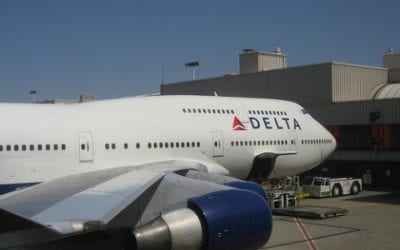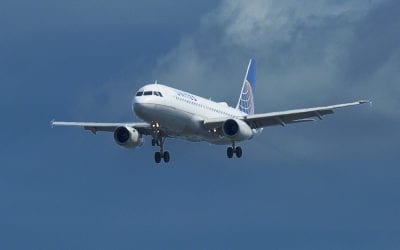The FAA Reauthorization Act of 2009 House Subcommittee on Aviation hearings touched on almost every facet of the aviation world. There was only one subject where there seemed to be universal agreement — we need a new air traffic control system.
Every facet of the air transport community agrees on the need for a new generation of air traffic control (ATC) deployed on a national basis. Even though there is universal agreement on the need for the new systems and testimony was replete with charts and graphs illustrating the economic benefits, the devil is in the details of getting it done.
What seems like a no-brainer is in reality a series of special interest minefields. Though everyone in the airline and aviation community seem to agree on the final need for a total overhaul of the ATC, no one seems to agree on how we as a country should get there.
The FAA claims to have much of the NextGen system in place, but the air traffic controllers — the very ones who will be operating the system — feel disenfranchised in the decision-making-process so far. The National Air Traffic Controllers Association (NATCA) states, “Under Bush Administration, the FAA routinely avoided collaboration with NATCA on key issues and initiatives related to modernization and ultimately terminated the successful Controller Liaison Program, under which controllers provided crucial insight and guidance for the development and implementation of some of the most effective technological and procedural advancements …”
The Air Transport Association (ATA) looks at the changeover to NextGen from a financial point of view. Their biggest beef is figuring out what they consider a “fair” way to fund the new ATC. They claim that the airlines are being forced to pay an unfair burden when it comes to ATC.
The ATA position states that general aviation (like small, piston-powered Cessnas and Piper aircraft) and private jet operations now exceed the operations of scheduled airlines and that now they account for 17 percent of ATC costs while only paying 5 percent of the costs.
The Regional Airline Association joins in with the ATA in searching for what they consider a better distribution of costs for the ATC. Wrangling in the Senate and House finance committees has not ironed out a new payment plan.
The National Business Aviation Association, naturally, has another point of view. They note that there is already a system for their support of the FAA and the coming modernization of the ATC system — fuel taxes. Their point is that imposing a new user fee will be costly to administer and time-consuming.
So, after a five-hour hearing and hundreds of pages of written testimony, are we any closer to a new ATC system? If we look at total air transport community agreement that it is vital for the future, yes. If we look at how it will be built, what features it will have, who will pay for it and how it will function, no.
Even if the committee commits to a boost in funding and authorizes the FAA to proceed, how they proceed and how they fund these developments are still up in the air and will take more negotiations.
At this rate the predicted completion date of 2020 may be date Washington and industry insiders finish fighting over the details. Then we can get to work building the system.

Charlie Leocha is the President of Travelers United. He has been working in Washington, DC, for the past 14 years with Congress, the Department of Transportation, and industry stakeholders on travel issues. He was the first consumer representative to the Advisory Committee for Aviation Consumer Protections appointed by the Secretary of Transportation from 2012 through 2018.



